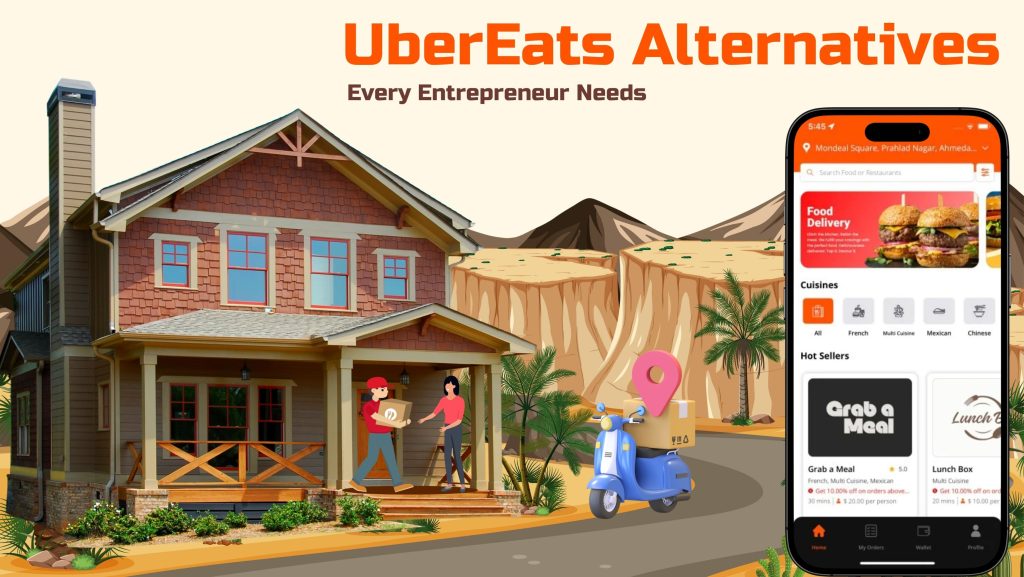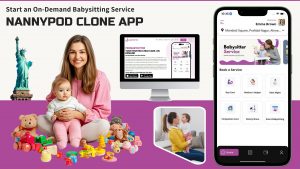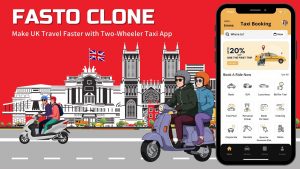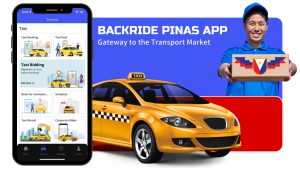
Food delivery has become a part of life. In Sydney, New York, Dubai, Mumbai, it doesn’t matter where you go, you see riders on bikes carrying meals across the city. UberEats is one of the biggest names in this space, but people are not stopping there. Any entrepreneur who has the vision to understand the scale of this market is asking a very practical question: what are the right UberEats alternatives? And more importantly: How and where can I get them!
The truth is, starting your own food delivery app is not just about copying UberEats. It’s about learning from what works, avoiding what failed, and building something that really fits your city or your audience. This post is long but simple, we will go through the main do’s and don’ts that every new founder should keep in mind when thinking about food delivery apps.
Do: First Things First: Basics to Complexities
This probably sounds like the most basic thing ever, but you’ll be surprised at how many people ignore this step because they are too caught up focussing on the future. Before you even think of design, branding, or features, sit down and ask: who will use this app? Is it busy office workers who want lunch delivered fast? Is it families ordering dinner every weekend? Or maybe students who want cheap late night food.
If you don’t know this answer, you will keep changing your mind later, and that costs time and money. It’s better to make mistakes early, on paper, than spend months coding something nobody wants. Some entrepreneurs think they can just say “it’s a UberEats alternative, it will work anywhere.” But that is not true. Local markets are very different.
Don’t: Think Price Is the Only Thing That Matters
Of course people care about price, yes. But the cheapest service is not always the one people stay loyal to. Food is emotional. Customers want trust, they want speed, they want reliability. If an app is cheap but the food comes cold or late, they will leave.
Look at how UberEats does it. The app is not the cheapest everywhere, but it works, and that’s why people still use it. Your alternative must also build trust. That might mean investing in good delivery partners, or giving customers clear updates when their food is on the way.
Do: Give Restaurants a Better Deal
One of the main complaints restaurants have with UberEats is the commission. It can be very high. If you are building an alternative, this is your chance. Offer better rates or flexible packages.
For example, maybe a small café can pay a smaller fee if they get only a few orders, while a big chain can pay more but get premium support. This small flexibility can be the difference between restaurants joining your app or ignoring it.
Also, talk to them directly. Go out, meet restaurant owners, ask what they hate about UberEats. Write it down, don’t just guess. These conversations will give you gold ideas that no online research can replace.
Don’t: Forget the Drivers
It’s easy to think about customers and restaurants, but the drivers (or riders) are the backbone of the app. If they are unhappy, the whole system breaks. UberEats riders often complain about long hours, low pay, or lack of support.
So when you plan your UberEats alternative, think: how can I make life better for drivers? Maybe faster payments, maybe flexible shifts, or bonuses for peak hours. A happy driver delivers food with more care, and that improves the customer experience too.
Do: Keep the Tech Simple
This is important. Many first time founders get carried away. They say, “Let’s add AI, let’s add live chat, let’s add voice ordering.” All nice, but too much at once will delay your launch.
Start small. Launch the basic version first: customers order, restaurants receive, drivers deliver. Make sure it works perfectly. After that, you can add the fancy features. Remember, UberEats did not have everything on day one. They grew step by step.
Don’t: Skip the Testing
Testing is boring, I know. But skipping it is a disaster. Imagine a customer orders food and the app crashes at checkout. Or the driver gets the wrong location because of a bug. These small mistakes kill trust fast.
Always test with real people. Not just your team, but strangers who don’t know the app. Watch them use it. If they get confused, take notes. Fix it. Repeat. It feels slow, but it saves your reputation later.
Do: Think About Payments Early
One of the most painful mistakes entrepreneurs make is waiting too long to fix payments. Customers in different countries use different methods. In Australia, cards and PayPal. In India, UPI. In the Middle East, wallets and even cash. If your app doesn’t support what people use daily, they won’t use it at all.
So integrate local payment gateways right at the start. Do not leave it for later. Retrofitting payments later costs more, and sometimes breaks your system.
Don’t: Copy Without Adapting
An UberEats alternative doesn’t mean a carbon copy. If you just copy, people will always ask, “why not just use UberEats?” Your app must have something different. Maybe it’s lower commissions, maybe it’s better customer service, maybe it’s eco friendly packaging.
Whatever it is, highlight it clearly. Make sure your users feel the difference, not just see another green app with the same buttons.
Do: Plan for Growth
Food delivery is one of those businesses that can grow fast. Today you might have 20 restaurants, next year 200. If your app is not ready to handle that, it will crash. Always plan for scale. Use a system that can grow with you.
This is the biggest reason why it is always safer to opt for an on demand UberEats Clone app that is built by a reputed on demand mobile app development company with a decent amount of experience in building the apps and launching them. Because they have been tested and tried by thousands of people, using a pre made system is not only a practical but also a profitable choice.
Don’t: Ignore Branding
People think branding is just a logo. It’s not. Branding is the feeling your app gives. UberEats has its black and green, its tone of voice, its design. Your alternative needs its own identity.
Pick colours, fonts, and a style that feels local. For example, a Sydney based app might use beach inspired colours. A Dubai app might use warm golds. Small touches like these make customers feel closer to your brand.
Do: Learn From Mistakes
Every new app has mistakes. Maybe you on boarded the wrong drivers, maybe your first version of the app was too slow. It happens. The important thing is how fast you fix them. Don’t get discouraged. Every “don’t” on this list is a lesson someone already learned the hard way. Learn from them so you don’t have to repeat them.
A Quick Summary Of the Whole Post
Starting a new business, especially one that has gained a lot of traction can be a challenge. It is important that you get your own on demand UberEats clone app Alternative built by an expert on demand mobile app Development Company that offers the right set of features and has at least 10 years of experience in building and launching these apps. If you do everything right, pace yourself and take one step at a time, you will very soon be the only UberEats alternative anyone will ever need!






